Truck drivers hauling loads in North America must stick to safety standards and assure that their 18-wheelers are following federal regulations. It is a duty of every CDL holder to know all about Department of Transportation (DOT) inspections. Even if both semi-trucks and semi-trailers are on the road and running trouble-free, they are still going to have to be inspected by the Department of Transportation (DOT) at some point.
Big semi-trucks are inspected, most often at weigh stations, at some point along their driver's route. But what is a DOT inspection? In this article, we're going to discuss the DOT inspection; we'll cover the different levels of DOT inspections, what happens during a DOT safety inspection, and what you can do to prepare for a federal DOT inspection.
Contents:
- What Is a DOT Inspection: Understanding the Essentials
- Who Does Truck Inspections?
- What Happens During a DOT Inspection?
- Understanding Levels of DOT Inspections
- What Happens After the DOT Inspection?
- Navigating the Pitfalls: Most Common DOT Inspection Violations
- Conclusion
What Is a DOT Inspection: Understanding the Essentials
A DOT inspection is an inspection conducted by the Department of Transportation (DOT) to make sure that all the Commercial Motor Vehicles (CMVs) and drivers who operate them on public roadways are in compliant with the rules and regulations that have been set forward to keep every person on the road safe and to reduce the number of accidents.
DOT inspections are federally mandated for all commercial vehicles to ensure that they meet specific safety standards and regulations. They are conducted by an individual that is certified by the Department of Transportation and can occur at various locations such as at weigh stations, as part of a company audit or during roadside checks. These inspections play a critical role in verifying that all commercial vehicles on the road are both safe and compliant with federal regulations, leading to a decrease in accidents related to commercial vehicles and subsequent improvements in road safety.
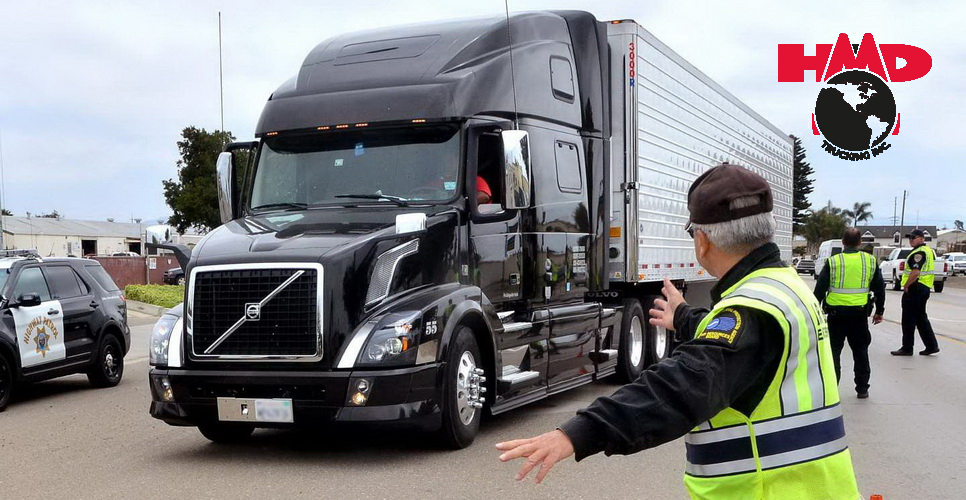
Who Does Truck Inspections?
While the Department of Transportation (DOT) mandates inspections, other groups also help enforce these requirements and make sure carriers and drivers are meeting DOT inspection requirements. Learning about these groups and their unique roles in the process will help you get a more in-depth understanding of just who is helping keep the roads safe.
Key groups involved in inspecting trucks include:
- State Troopers. These are the officers of each state, they have the power to pull trucks in for inspection.
- Federal Motor Carrier Safety Administration (FMCSA). It oversees and funds all DOT inspections.
- The Commercial Vehicle Safety Alliance (CVSA). It creates the criteria for the Standard Inspection program.
Each of these entities is trained to conduct a thorough examination of the vehicle and driver for compliance with safety standards, ensuring that every aspect of both the vehicle and the manner in which it's operated ascribes to the regulations that have been set forth.
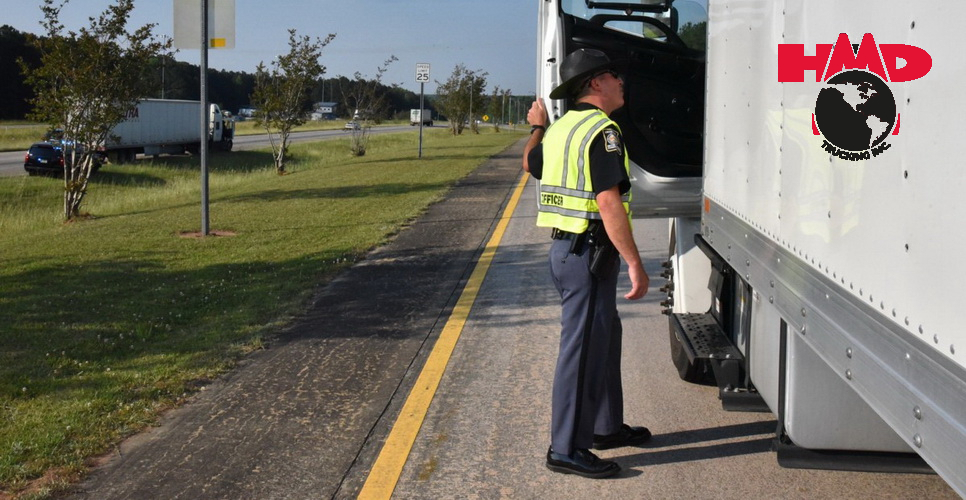
What Happens During a DOT Inspection?
During a roadside DOT inspection, an inspector will check on the equipment, load security, and paperwork of the vehicle. This comprehensive review includes the driver’s license, the commercial driver’s license (CDL), medical certificates, the logbook or e-log, vehicle inspection reports, the vehicle registration, and, if applicable, the hazardous materials permits and shipping papers. These inspections are meant to make certain that the vehicle and driver are in compliance with all regulatory mandates, concentrating on safety and documentation, to help to prevent accidents and improve overall road safety.
Understanding Levels of DOT Inspections
There are 6 different DOT levels of inspections that an officer can make on a semi-truck and/or driver to verify compliance of law and regulations. The exact length of any DOT inspection will vary depending on how well and how often vehicles have been maintained, but the inspection usually takes less than an hour. While Levels I, II, III, and V are what are most used, it’s important to understand them all. Let's explore the various stages of DOT inspections to gain a clear understanding of what each stage entails.
Level I: North American Standard
The most thorough examination of the tractor and trailer is a Level I inspection. Safety equipment, lights, brakes, coupling devices, tires, suspension, steering, wipers and all other mechanisms of the commercial vehicle, as well as the cargo securement, are included into Level I DOT inspection checklist. Level I inspection includes examination of driver’s credentials, including Class A CDL, medical certificate, and other applicable papers. A driver is checked for seat belt usage and screened for drug or alcohol consumption. If any violations are found, the Level I inspection may end in placing the truck out of service (OOS).
Level II: Walk-Around Inspection
The Level II inspection, which is shorter than the Level I, typically completed in about 30 minutes. The difference is that the officer does not examine any areas under the 18-wheeler. The inspector will walk around the semi-truck, and that’s about it. DOT Level II inspections take less time, but an officer will check driver’s credentials and paperwork. Moreover, the officer will screen the driver for drugs, alcohol, seat belt use and hour of service. This inspection too can cause a vehicle to be placed out of service.
Level III – Driver-Only
In a level three inspection, the examination shifts toward the driver’s paperwork and credentials, checking the driver's license, ELD, RODS, HOS, DVIR. It’s imperative to have all credentials and records up to date to avoid violations.
Level IV – Special Inspection
Inspections classified as level four are uncommon and one-time examinations of something peculiar for research purposes. Inspections occur on a certain component of an item – for driver documentation, a specific vehicle’s engine, for example.
Level V – Vehicle-Only
The Level V DOT inspection checklist is the same as that for a Level I, but it excludes the driver. A vehicle-only inspection may be conducted anywhere. Typically, at the carrier’s site as part of a compliance review. The Department of Transportation (DOT) has a standard that all CMVs that weigh more than 10,000 pounds must have a yearly inspection.
Level VI – Enhanced Inspection for Radioactive Shipments
This level is applicable to CMVs transporting select radiological shipments. This inspection contains a Level I list of inspection procedures and enhancements to it, as well as radiological requirements for transuranic waste and radioactive materials.
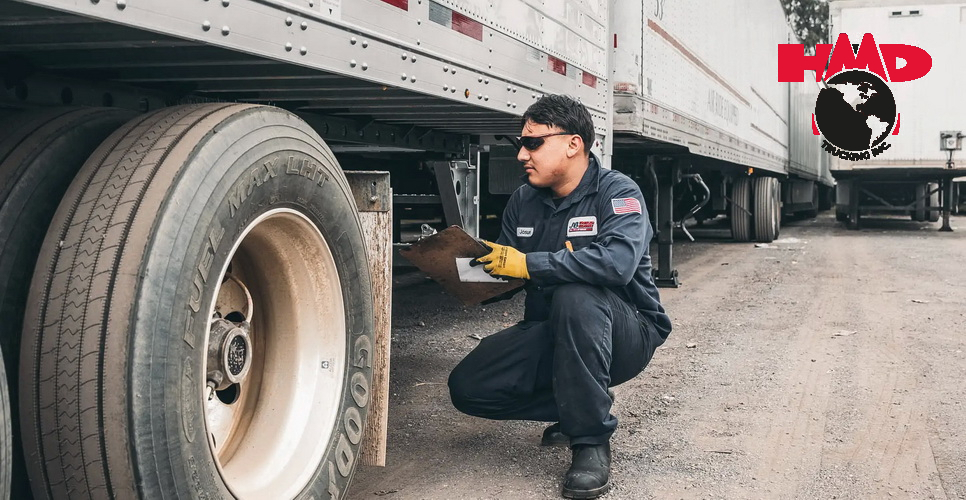
What Happens After the DOT Inspection?
There are three potential outcomes after a truck inspection, depending on the DOT inspection requirements:
You Have No Violations: In this case, the DOT officer places a CVSA decal on your vehicle to indicate that your vehicle has passed inspection, along with your equipment and you. These decals are valid for three months, so look for another inspection only if you're obviously in violation of something.
Non-Serious Violations: If violations are found but are not considered severe enough to place the driver or vehicle out of service, the carrier, or driver is notified. Violations count against the carrier or driver, and can impact their Compliance, Safety, Accountability (CSA) scores. The carrier must make repairs within a 15-day term. As soon as repairs are completed, the carrier must send a report to the FMCSA stating that all violations have been corrected.
Vehicle or Driver Placed Out of Service: For a serious violation that poses a safety hazard to other motorists, the vehicle or driver is placed out of service. In these cases, they cannot be operated until all violations are corrected and documented.
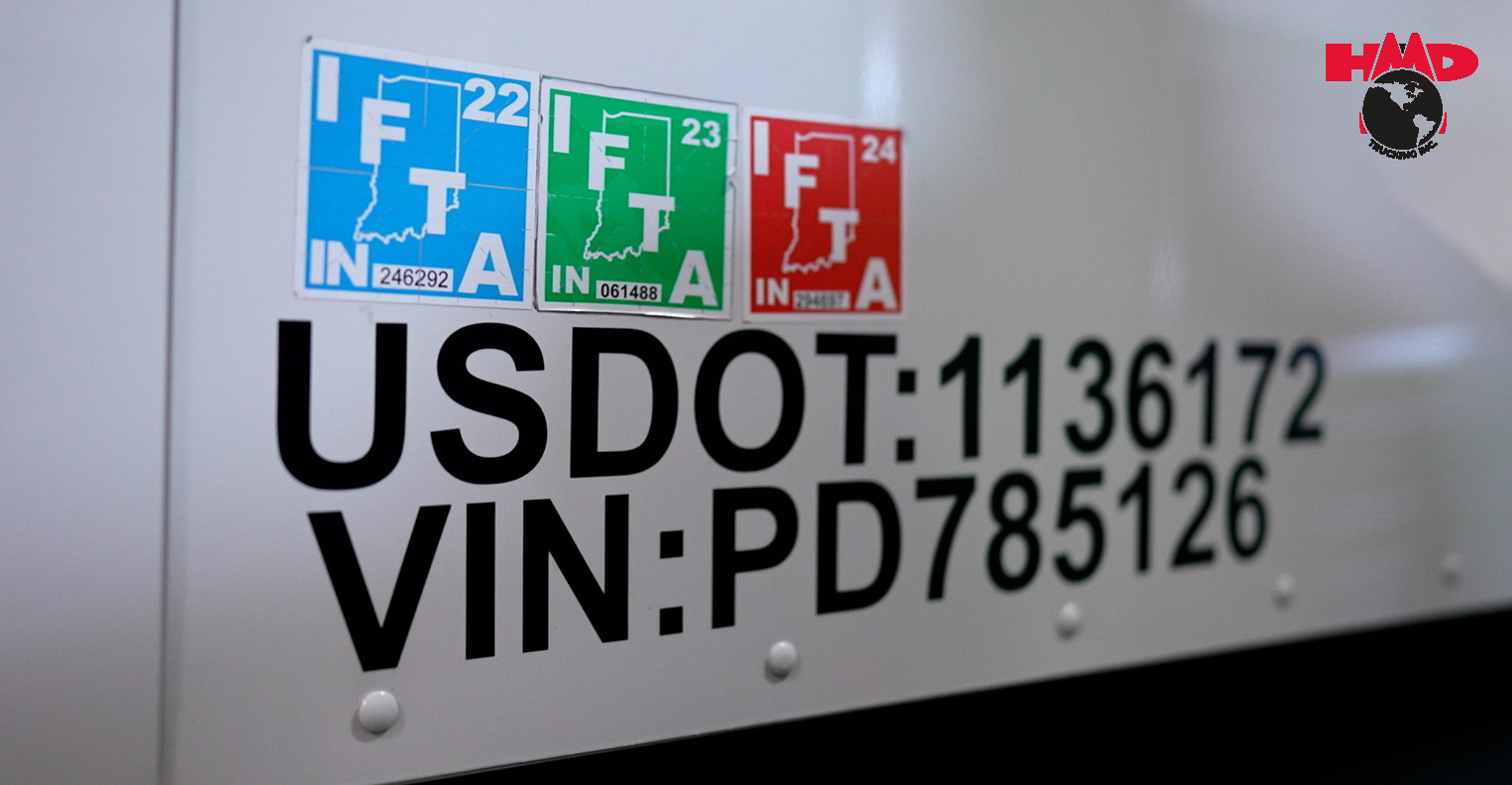
Navigating the Pitfalls: Most Common DOT Inspection Violations
It is helpful for both drivers and carriers to learn the most frequently cited violations. This can help drivers better maintain their equipment and can help carriers ensure drivers have all the necessary documentation. Common violations against drivers include logging violations, expired medical cards or licenses, not wearing a seatbelt and exceeding hours of service (HOS) laws. For commercial motor vehicles (CMVs), common violations include having inoperable lights, not having enough tire tread depth, having oil or fuel leaks, not having a current DOT annual inspection, and having their cargo improperly loaded, discharged or unsecured fire extinguishers.
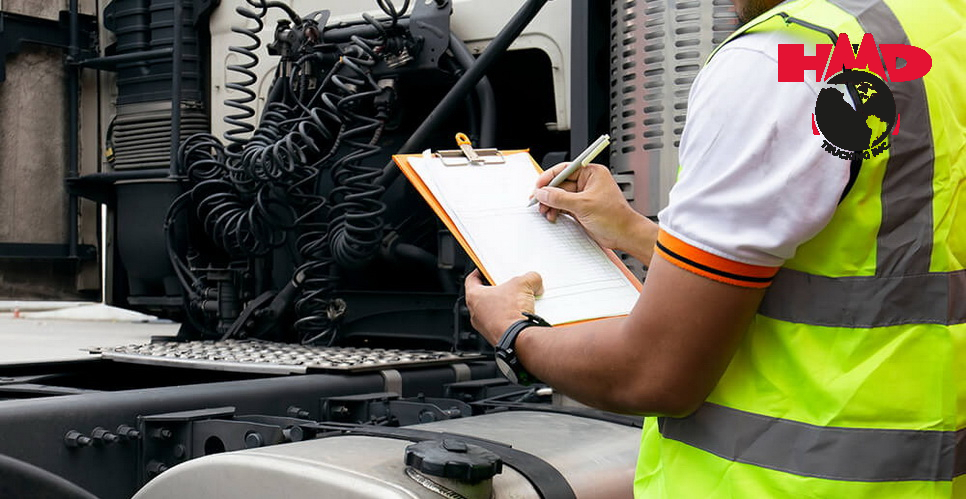
Preparing for DOT Inspections: A Guide for Truck Drivers
As a commercial driver, you should coordinate with your carrier, to make sure you and your vehicle are prepared. Here are some useful suggestions to consider:
- Update your carrier regularly so you both can maintain compliance and keep your vehicle passing DOT inspections;
- Learn about common violations; be trained to act with inspectors as professional, no matter how they act during the inspection;
- Inspectors typically pull over vehicles that appear visually defective, so keep your semi-truck safe by regularly checking it over. Keep your 18-wheeler and the equipment in it clean, to get brownie points, even if you are pulled over for inspection.
- Keep your paperwork and credentials in order, as DOT inspections require a fair amount of it, and you should have it readily available. Make sure you have some backup copies with you, and that the originals are stored inside a secure folder.
- Make sure you do a proper pre-trip and post-trip inspection to make sure there are no violations that would put you “Out of Service.”
Conclusion
DOT inspections are an essential way to ensure the safety and road-worthiness of commercial motor vehicles, so it’s important to be aware of the different levels of inspections, what to expect during a roadside check, and to prepare for inspections. Keeping the roads safe by being prepared and maintaining vehicles, and adhering to safety protocols will ensure that you’ll pass your DOT inspection and get back on the road.
Consider making your career shift to HMD Trucking! With us, our fast-growing company is home to a fleet of state-of-the-art, meticulously maintained semi-trucks equipped with APUs and Fridge-Freezers, as well as a company culture that feels like family. Enjoy top, attractive pay and rewarding bonuses for your commitment and hard work. At HMD Trucking, we understand and recognize the value of professionalism and support it — that's why we go the extra mile to make sure our truckers can deliver. If you're ready to roll with the best CDL driver jobs, fill out our application form today!


